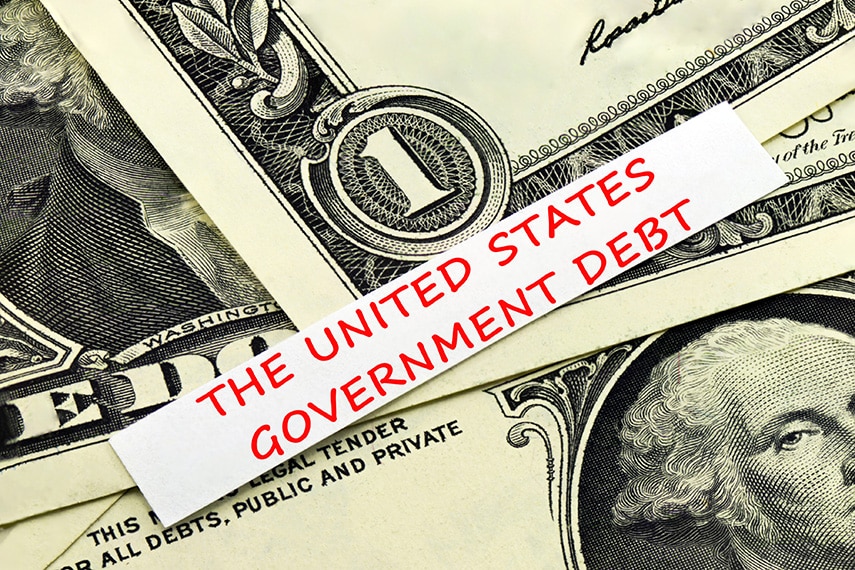3 Easy Steps to Roll Over Your TSP Into an IRA
Over 70 million Americans today have 401(k) accounts, making them one of the most popular types of retirement accounts Federal employees don’t have 401(k) accounts, but instead have the Thrift...
Precious Metals

In the aftermath of the 2008 financial crisis the Federal Reserve engaged in a massive amount of quantitative easing (QE). In addition to pushing interest rates to near zero, the Fed also purchased nearly $2 trillion worth of US government debt. That incentivized the US government to take advantage of the low interest rate environment to issue trillions of dollars in new debt at ultra-low interest rates. Despite the years of $1 trillion federal budget deficits, interest spending on the national debt actually decreased from 2008 to 2016. But with interest rates rising once again, that is beginning to change, and interest expense threatens to soar out of control.
Because of the Fed’s creation of a near zero interest rate environment, total interest spending in fiscal year 2017, a record $458 billion on a $20 trillion debt, was less than double what it was in fiscal year 1989, with $240 billion in interest expenditure on a $2.86 trillion national debt. But in 2018 all of that began to change, and fiscal year 2018 saw a 14% increase in interest expenditure to $523 billion. And with both the national debt continuing to increase towards $22 trillion and interest rates continuing to rise, that expense will rise exponentially in the future.
The federal government smooths out its funding requirements by issuing a series of short-term and long-term debt, with maturities ranging from 4 weeks to 30 years. Much of the long-term debt has been locked in to relatively low interest rates, but significant amounts of debt issued over the last few years will be maturing in 2019 and 2020. Initially issued at rates of less than 1% in many instances, much of that debt that will be rolled over will see interest rates double or even triple. In just a couple of years the amount of money the federal government will spend on interest will outstrip the amount spent on the military, and it might even dwarf the amount the government spends on Medicare or Social Security.
The government has two ways it can pay for that: either issuing more debt, which just worsens the problem, or by raising taxes. In either case, the effect years down the road will be higher taxes on American companies, workers, and consumers in order to pay for the federal government’s inability to keep its spending in check. The result will be decreased business activity, fewer jobs, and a higher tax burden on workers and investors.
The US government’s fiscal situation is bad and continues to deteriorate. Investors need to take the right steps now to protect their assets against the inevitable collapse of the dollar. That means investing in gold and other assets that don’t rely on the dollar’s strength to maintain their value. When the government’s interest expense crisis occurs and the dollar sinks precipitously, investors who got into gold will be thanking themselves that they had the foresight to diversify their portfolios and safeguard their wealth before things got out of control.

